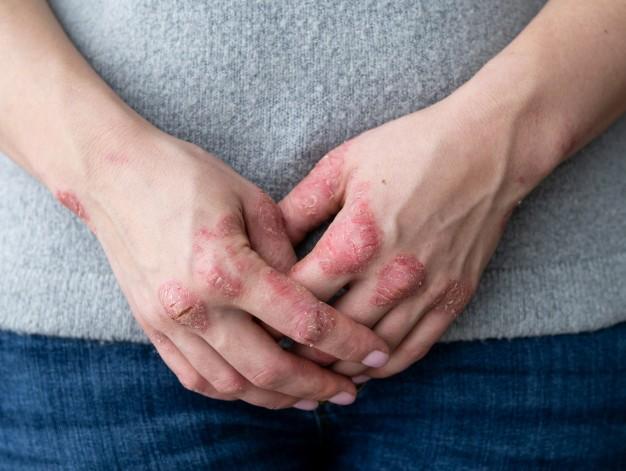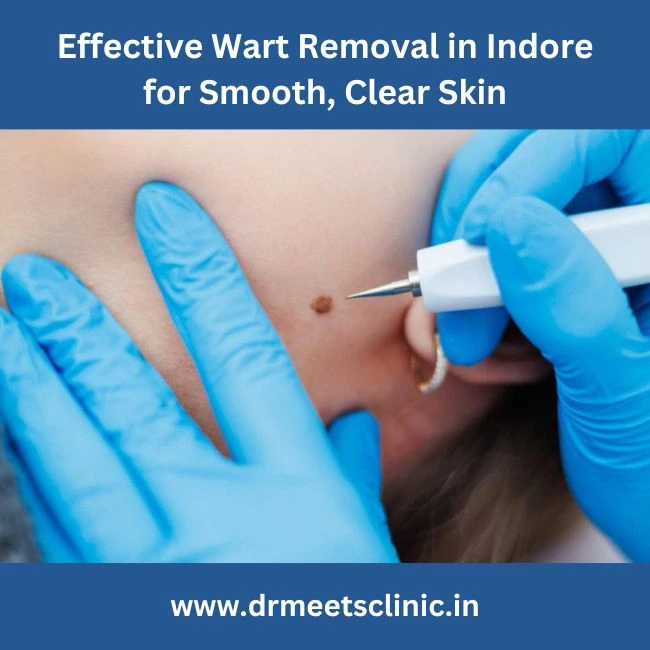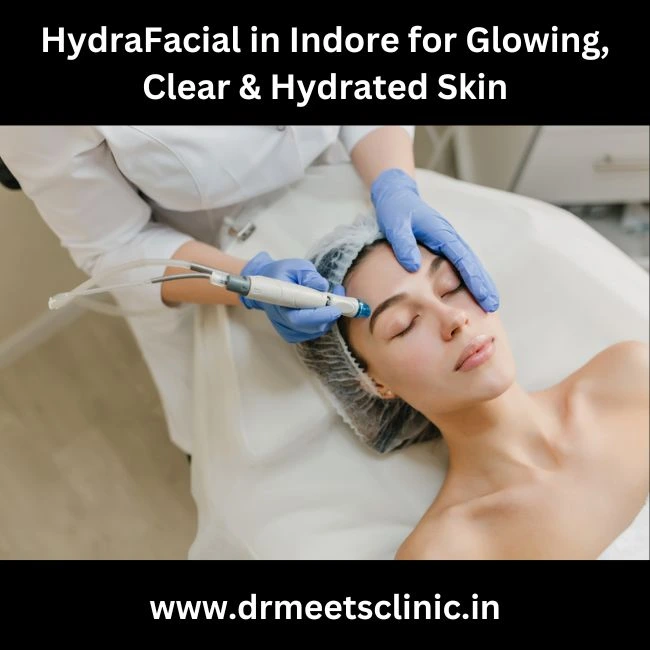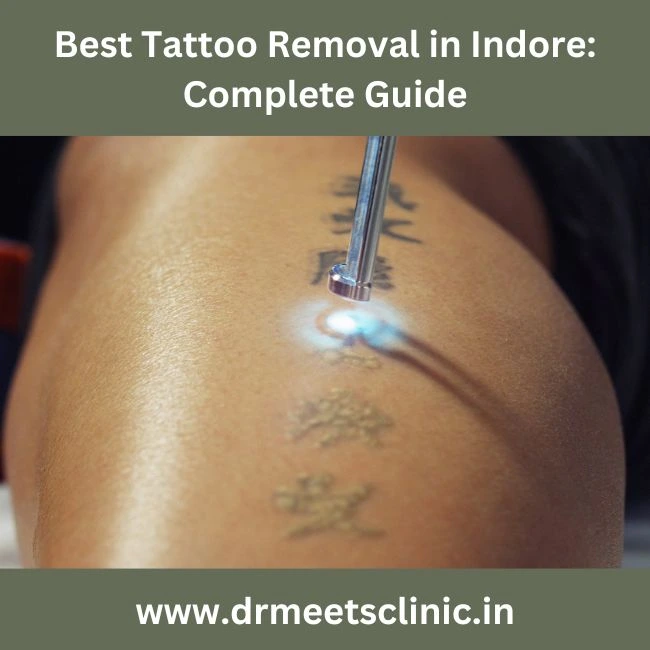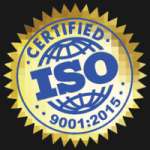Psoriasis is a non-contagious, chronic skin disorder characterized by sharply defined scaly lesions on the skin. The disorder is a chronic recurring condition which varies in severity from minor localized patches to full body coverage. The lesions or plaques may cover large areas of skin and merge into each other. Often the lesion appears in the same place on both right and left sides of the body. Lesions range in size and shape from individual to individual. Fingernails and toenails are frequently affected.
The patches are at first discrete but may subsequently become enlarged and produce a silvery-white surface scale. The surface scales come off easily and are shed constantly, but those below the surface are quite adherent. When forcibly removed, they may reveal small punctate areas of bleeding known as Auspitz’s signs. It is thought that some type of biochemical stimulus triggers the abnormal cell growth that characterizes psoriasis. A normal skin cell matures in 28 to 30 days, while a psoriatic cell moves to the top of the skin in 3 to 4 days. he redness of the underlying plaque is caused by the increased blood supply necessary to feed the area of rapidly dividing skin cells. Skin injury, emotional stress, and some forms of infection are thought to trigger the episodes.
The Areas Affected By The Infection
Psoriasis may involve only a small area of the body and yet have a severe impact on the person’s ability to function. Psoriasis of the palm or sole can be severe enough to be physically debilitating. For most people, psoriasis remains limited to one or two patches on the skin, most commonly on the scalp, elbows, trunk, and lower extremities.
The Treatments Available:
Psoriasis treatment aims to clear the skin of the psoriatic lesions for periods. There is a wide spectrum of treatment options available. Although all of the treatments are known to be effective for some patients, none are effective for all. In other words, response to treatment will vary from individual to individual.
Treatment Categories
– Treatments for psoriasis can be divided into three categories:
– topical agents (potions, lotions, and creams that are topically applied to the psoriatic lesions);
– phototherapy (the use of ultraviolet light, either with or without a light activating agent);
internal medications (pills and injections).
The use of drugs is usually reserved for only the most severe or non-responsive cases, primarily because of the additional risk of potential side effects.







